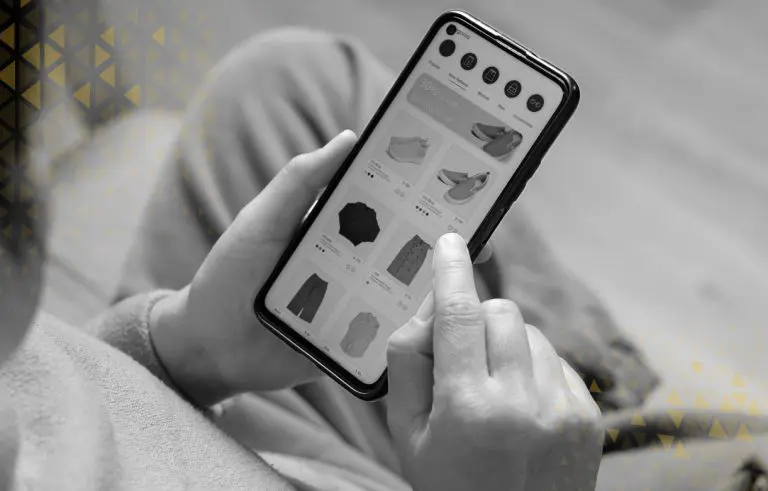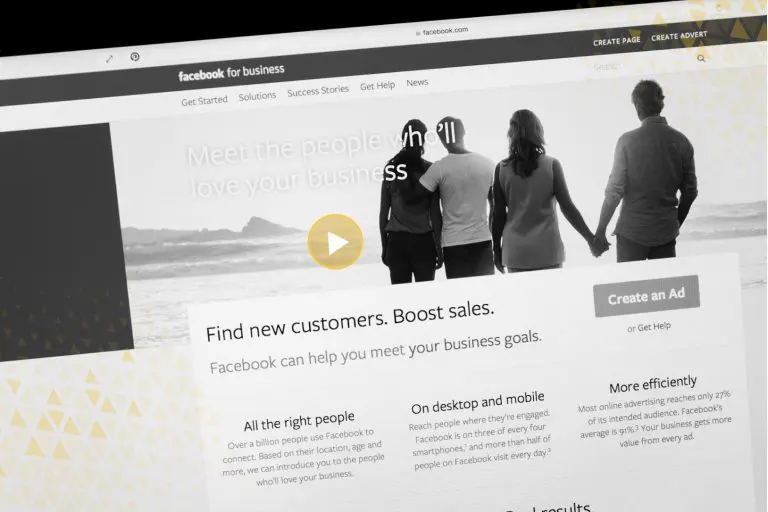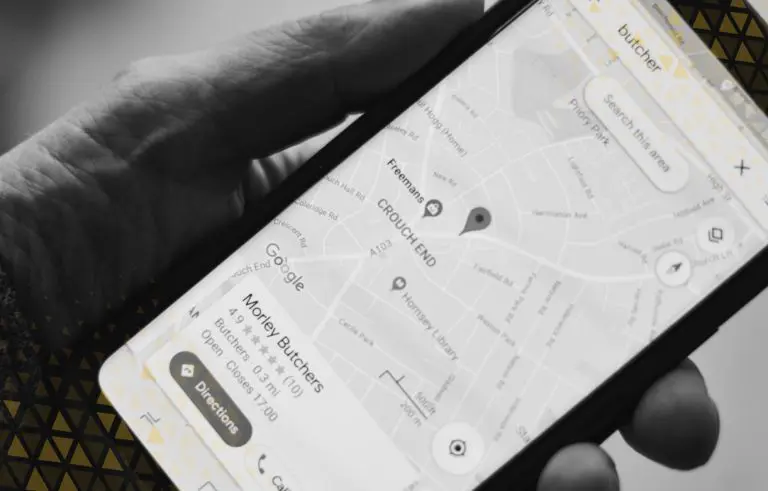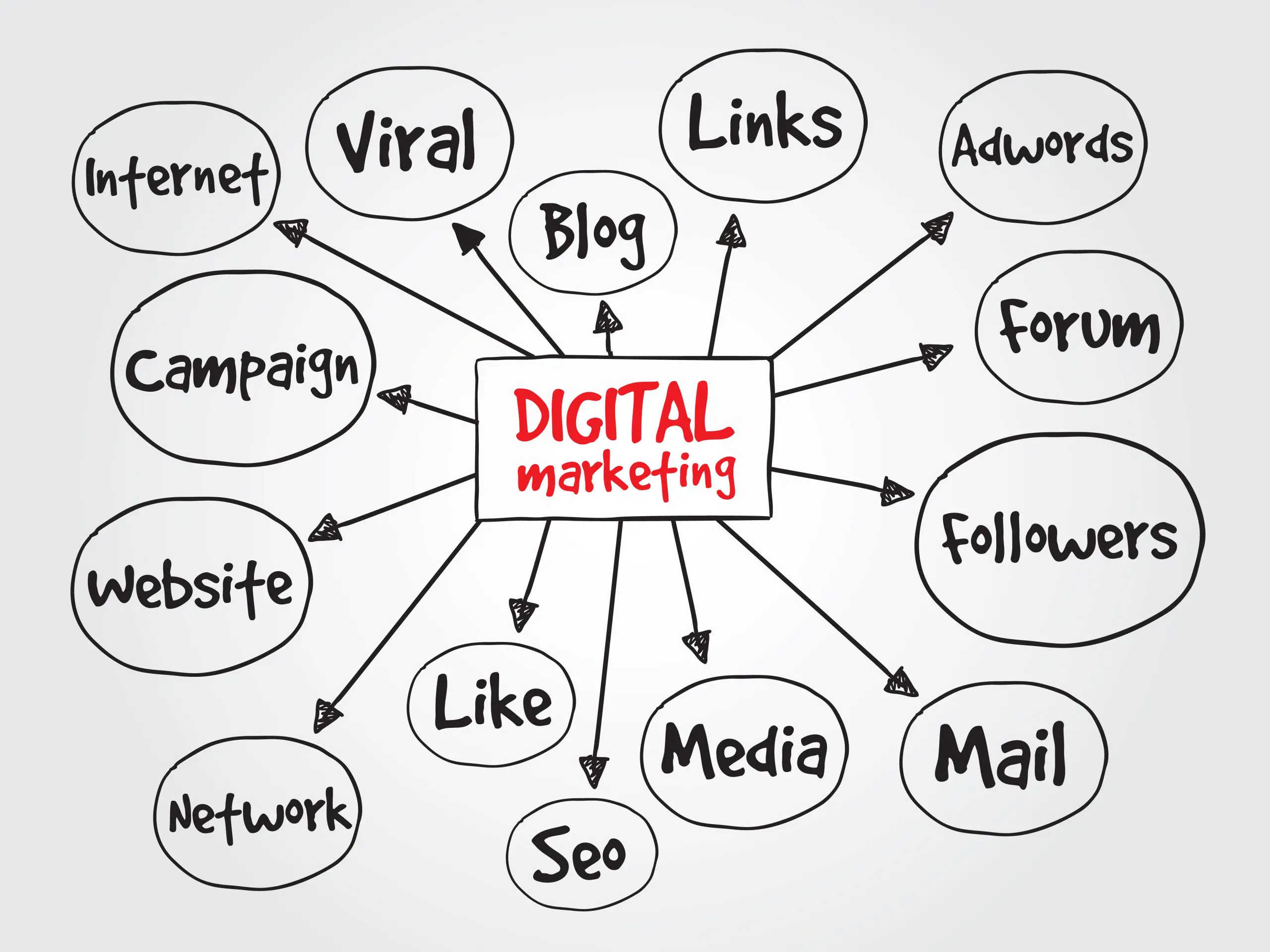Key Takeaways
- Use industry-specific keywords naturally in your content to improve search rankings and attract the right audience.
- Tailor your content to answer specific user queries and solve their problems effectively.
- Ensure your website is mobile-friendly and loads quickly to improve user experience and SEO performance.
- Create high-value content supplemented with visuals and videos, and include clear calls to action to guide user behavior.
Want to improve your brand’s reach and impact? Mastering the balance between SEO and user-centered content is key. In this guide, you’ll discover 7 powerful ways to elevate your content strategy, improve search rankings, and create meaningful connections with your audience. Your site will function as it should when you have well-planned SEO traffic, and it gives you more opportunities for conversions. In addition, when your brand content is optimized for users, it will have better metrics, bounce rate, and on-page time, meaning Google will rank it higher.
What’s in It for You?
- Enhanced User Engagement
- Increased Organic Reach
- Actionable Tips to Improve Content SEO
Let’s dive in!

1. Use Relevant Keywords and Phrases
Why It Matters: Keywords are the foundation of SEO, helping your content align with what users search for. But it’s not just about stuffing keywords; it’s about using them thoughtfully and naturally.
How to Do It in 2024
- Research Tools: Utilize tools like SEMrush, Google Trends, and AnswerThePublic to identify keywords and phrases that are trending in your industry.
- Long-Tail Keywords: These are often more specific and less competitive. For example, instead of just “content optimization,” try “content optimization tips for small businesses.”
Pro Tip: Look at what keywords competitors rank for and aim to include variations of those keywords naturally within your content.
2. Optimize for User Intent
Why It Matters: Google’s algorithms now prioritize content that meets user intent, whether it’s informational, navigational, or transactional. Content that genuinely answers user questions and provides valuable insights will rank better.
How to Do It in 2024
- Focus on E-E-A-T: Experience, Expertise, Authoritativeness, and Trustworthiness. Aim to demonstrate these qualities in your content.
- Create Content for Different Stages of the Journey: Consider where users are in their journey with your brand. An informative blog post works for users in the discovery phase, while a product page serves those ready to buy.
Pro Tip: Including testimonials, expert quotes, or data-backed examples can elevate your content’s credibility.

3. Prioritize Mobile Optimization
Why It Matters: With Google’s mobile-first indexing, optimizing content for mobile is non-negotiable. Poor mobile usability can lead to higher bounce rates and lower rankings.
How to Do It in 2024
- Mobile-Friendly Test: Use Google’s Mobile-Friendly Test to ensure content displays well on mobile.
- Compress Images and Media: Reducing the size of images and videos makes pages load faster on mobile devices.
- Readable Fonts and Easy Navigation: Ensure text is large enough to read on a small screen, with simple navigation for a better user experience.
Pro Tip: A clean, mobile-first design often helps retain visitors longer, improving both SEO and engagement metrics.

4. Use Multimedia Elements to Enhance Engagement
Why It Matters: Visuals like images, videos, and infographics improve user engagement, making your content more appealing and shareable.
How to Do It in 2024
- Interactive Content: Use collapsible sections or tabs for each tip, so users can expand or minimize as they read.
- Visual Summaries: Create infographics or slide decks summarizing the main points. This can boost social shares and attract backlink opportunities.
- Lightweight Formats: Choose web-friendly formats (like SVG for graphics or WebP for images) to keep load times low.
Pro Tip: A clean, mobile-first design often helps retain visitors longer, improving both SEO and engagement metrics.
5. Create Compelling Headlines and Meta Descriptions
Why It Matters: Headlines and meta descriptions are the first things users see on search engine results pages (SERPs). Compelling text can improve your click-through rate (CTR).
How to Do It in 2024
- Headline Formula: Use a structure like “7 Proven Strategies for [Primary Benefit].” This promises specific value upfront.
- Engaging Meta Descriptions: Aim for around 155 characters with keywords included. For example: “Boost your brand’s online visibility with these user-centered SEO tips – start now!”
Pro Tip: Action-oriented words like “boost,” “discover,” or “enhance” can improve your meta description’s clickability.
6. Link to High-Quality Sources
Why It Matters: Linking to reputable sources and using internal links helps Google understand your content better and can enhance your authority.
How to Do It in 2024
- Internal Links: Link to related pages within your website to help distribute link equity and keep users engaged with your site longer.
- External Links to Authoritative Sites: Linking to reputable sites (like industry studies or recognized publications) adds credibility to your content.
Pro Tip: Avoid overloading with too many external links; focus on linking only when it adds genuine value.

7. Optimize for Local SEO (If Applicable)
Why It Matters: If your brand serves specific regions, local SEO can help you capture that audience effectively. Google’s local algorithm looks for relevance, distance, and prominence when ranking local results.
How to Do It in 2024
- Local Keywords: Include location-based keywords if your content is relevant to specific regions. For instance, “brand content tips Austin” or “SEO for local businesses in Houston.”
- Google Business Profile (GBP) Keep your GBP (previously known as Google My Business) profile up-to-date and encourage customers to leave reviews, as these boost local rankings.
Pro Tip: Add LocalBusiness schema markup for local content, which increases visibility in local search results.
By implementing these seven strategies, you’re not just optimizing for SEO – you’re building a content strategy that appeals to both search engines and users. Start by enhancing one tip at a time, track results, and refine as you go. Your brand’s online visibility and user engagement will thank you for it!
If you want a cost-effective and impactful B2B eCommerce website, reach out and hire the best SEO agency Austin – Fahrenheit Marketing.
